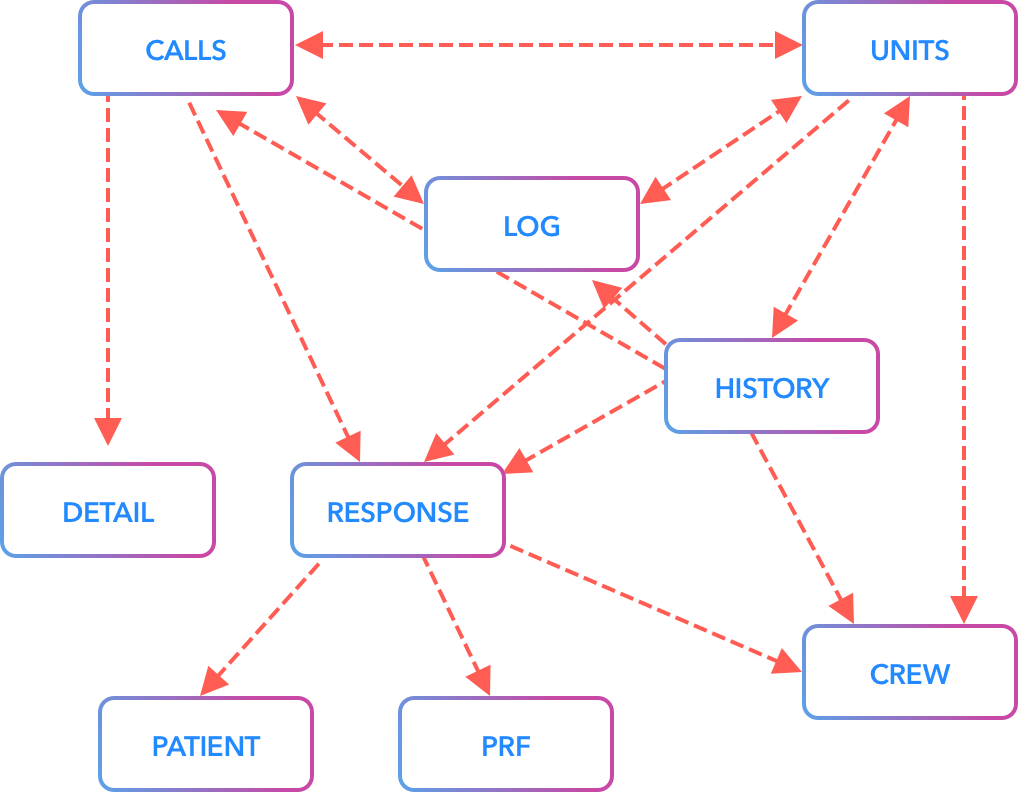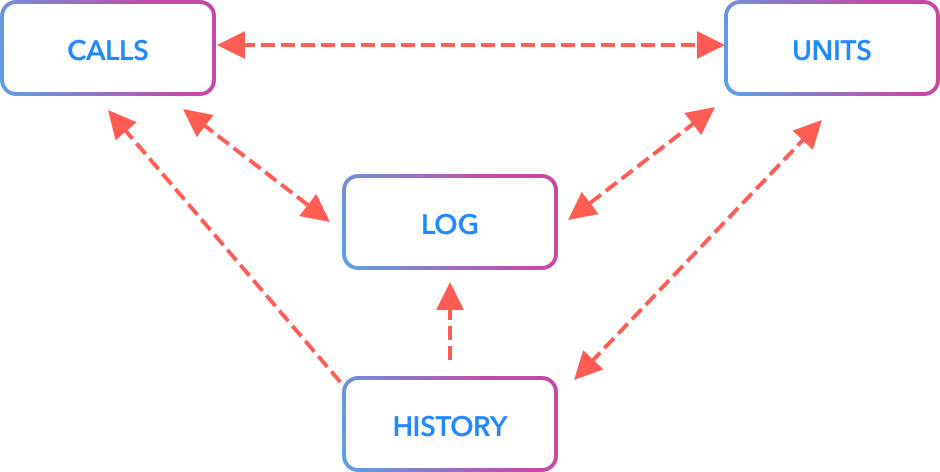
Digital Twins: Helping Your Home and Bamboo Reach Their Full Potential
From smart homes to Smart Cities, discover the hidden potential of Digital Twin technology. Welcome to an exciting journey into the world
If you recognise the names Don Nelson or Dick Pick – congratulations – you’re part of an exclusive club of experts who understand the power of MultiValue databases.
But if those names don’t ring a bell, you’re (still) in the right place, for you’re about to uncover why MultiValue databases are so popular today, more than 50 years on.
MultiValue database is a type of NoSQL and multidimensional database, often referred to as a Pick database – eponymously named after one of the lead developers: Richard A. (Dick) Pick. MultiValue databases are also known as NF2, non-first normal form systems.
In defining MultiValue database systems, it’s important to state what they aren’t: a conventional relational database. And while MultiValue systems share many similarities to relational databases, their schemas are less rigid. That means MultiValue databases can assign more than one value to a single attribute.
MultiValue databases are often categorised with MUMPS within the category of post-relational databases, despite the data model pre-dating the relational model. But unlike SQL-DBMS tools, most MultiValue databases can operate with or without SQL.
The tabular structure of MultiValue databases allows multiple values for attributes whereas relational databases store one fact within a table cell. Everything possible in a relational database is possible in MultiValue, but with the added advantage of storing multi-dimensional data. The multiple value advantage of MultiValue is one of many reasons why they are a popular choice with large data sets typical in large enterprise and government.
Big data analytics tend to run faster and easier on MultiValue systems due to flexibility when dealing with complex data structures. MultiValue databases can manage certain data structures that conventional relational databases find complex. Decades of big data commonly found within large financial institutions and government agencies are why MultiValue databases offer inexpensive data solutions compared to relational database solutions.
The following diagram is a hospital’s application for controlling their ambulances. When modelling the call logging and dispatch elements using the relational model, the process equates to nine database tables with fifteen interdependencies.

Applying the same with the MultiValue model creates an application with just four database tables and six interdependencies.

MultiValue’s simplicity offers efficiencies with economic advantage compared to the relational model. The complexity of the relational model results in higher development and maintenance costs with an increased risk probability of error.
Many MultiValue database system developers will readily confess that accessing MultiValue data is a challenge – especially in real-time. Faced with disconnected information silos and the need to write dictionaries, all while maintaining application vendor support agreements are MultiValue shortcomings.
“You just can’t access the data” or “how to get to my MultiValue database information” is commonly heard across MultiValue database system users. The data is locked up in legacy data systems with limited support and data tools.
Extracting meaningful and timely business intelligence has been the greatest challenge. Engaging relational thinking with MultiValue data has been the greatest challenge to date. Companies have tried with in-house developers or vendor promises to unlock MultiValue data. Most have yet to find a feasible solution that doesn’t require millions and months to accomplish.
MultiValue developers can’t simply rewrite the tools or analytics, and retraining of key staff isn’t an overnight solution that’s feasible for the now. All the tooling, visualisation and ways of conducting analysis across data is predominately written by developers who understand relational databases, writing for relational models.
The simplest way to achieve the desired outcome is to take MultiValue data and put it into a format that allows accessibility by those who need it.
The benefit of doing so means you won’t have to implement costly replacement or migration programs for your core systems. There’s no business disruption and you can extend the return on your investment in your systems. This gives you the ability to process and analyse your information in different ways that you couldn’t before.
With ARQ Fuse – a managed service that allows the data-impaired to see everything.
ARQ Fuse lifts the veil on dark data-impairment so you can say goodbye to your disconnected information silos. Unite your scattered data puddles into centralised data lakes with integrated data domains for on demand visibility across your entire organisation.
ARQ Fuse enables a single point of conformed data-truth with the confidence of governance for data-driven decisions at pace. Ask new data and analytic questions across your full data set and get answers in real-time, unlike never before.
ARQ Fuse works by applying non-MultiValue information governance and non-MultiValue data handling techniques to resolve the MultiValue paradigm. Normalising your MultiValue database is the secret sauce of our intellectual property that empowers you to choose any data analytical platform to gain fresh new insights from your MultiValue data.
Watch the 54 second video on how ARQ Fuse normalises your data:
Visit the ARQ Fuse page to learn how you can break free from the crawl of pace from traditional MultiValue systems and get real-time business intelligence dashboards, competitive advantage from digital transformation and the ability to migrate all your data to the cloud.

Steve McCormick
Chief Customer Architect
ARQ Group

From smart homes to Smart Cities, discover the hidden potential of Digital Twin technology. Welcome to an exciting journey into the world

The words ‘cloud cost optimisation’ may be enough to make any CFO and CIO’s heart skip a beat in a world where

How do you bring together a geographically distributed workforce across the world for a major corporate event? Metaverse – the latest buzzword